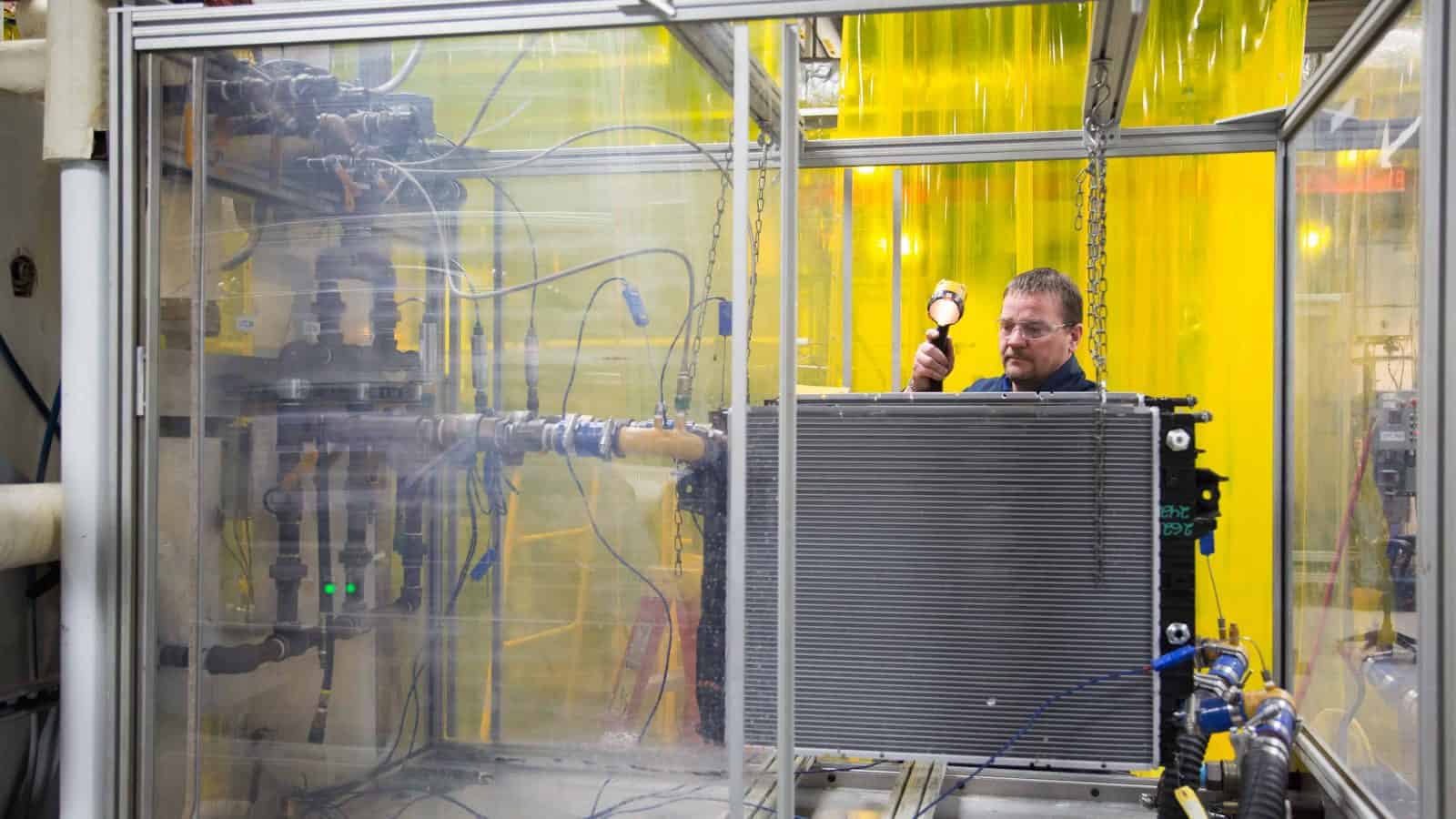Utilities Scramble to Get Large Transformers

U.S. power companies are finding it increasingly difficult to get the large transformers they need to move electricity long distances—and the Department of Energy should step up to help them, the Government Accountability Office said this week, according to E&E News’ ENERGYWIRE (subscription).
What’s going on: A “GAO report called on DOE to create a plan, with deadlines, to overcome growing delays and difficulties U.S. utilities are facing in getting new large power transformers that are required to move electricity across more than 160,000 miles of U.S. high-voltage lines.”
- Most of the transformers are imported from overseas, and there is still a shortage due to pandemic-related supply chain disruptions.
- In some cases, delivery times have more than doubled, and the largest of the transformers can cost up to $10 million.
Why it’s important: “Transformers are critical for the future energy mix, as they are needed to create a larger grid for increased wind and solar generation, according to analysts.”
- In 2027 the demand by North American power companies for large transformers will likely be about twice what it was in 2020, according to the DOE.
What can be done: The DOE should create a plan to get more power companies to take part in voluntary programs to loan out spare large transformers during emergencies, the GAO recommends.
- The largest of these sharing agreements, the Edison Electric Institute’s Spare Transformer Equipment Program, had 57 participating utilities as of March.
- Thirty-one utilities in 28 states have signed onto a grid program to furnish spare transformers during cyberattacks or natural disasters.
The challenges: “[S]hortages of skilled manufacturing craftsmen able to build the transformers’ complex windings are a significant challenge … [DOE] said it is working on expanding apprenticeship programs to address the issue.”
Our take: “Transformers and transmission lines are critical to meet our growing energy security needs,” said NAM Director of Domestic Economic Policy Brandon Farris.
- “The NAM will continue working with the DOE and others to ensure that current and future needs are met, including developing the next generation of the manufacturing workforce and breaking down permitting barriers to expedite the buildout of our grid.”
